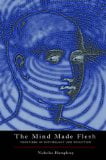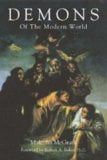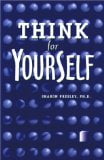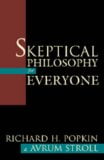 Rivals: Conflict as the Fuel of Science
Rivals: Conflict as the Fuel of Science
by Michael White
Vintage, £7.99, ISBN 0436204630
Michael White’s latest book takes as its theme the role of personal, political and ideological conflicts as the motivating force behind some of the key scientific developments from the Renaissance to the present day.
The topics are selected to reflect different historical periods, fields of research and levels of conflict (from the personal to the international), and the result is an engrossing and always entertaining piece of popular science writing in the tradition of White’s previous best-sellers on Leonardo, Newton and Stephen Hawking. Fans of these earlier biographical works may find the present book’s inevitably more superficial treatment of individuals and ideas a little frustrating – but the aims of the present book are obviously different.
So far as sceptics are concerned, White is most definitely on the side of the angels, as his introductory section, ‘The Long Road to Reason’, makes clear, and throughout the book, he offers telling illustrations of the ways in which entrenched ideologies – particularly, though not exclusively, religious ones – have hampered scientific progress. The eight chapters (ranging from Newton versus Leibniz to Bill Gates versus Larry Ellison) are followed by a rather brief recapitulatory section, containing some general speculations about the nature of scientific discovery, the personality characteristics of scientists and the sociology of knowledge.
These are topics on which whole volumes have been written and readers who seek an in-depth theoretical analysis of them will not find it here. What they will find is an enjoyable and balanced account of a broad range of specific rivalries which have both stimulated and delayed advances in scientific knowledge.







